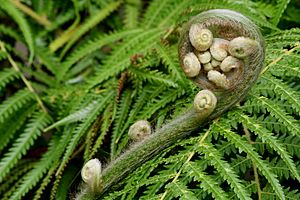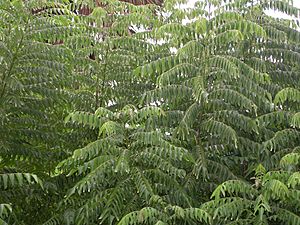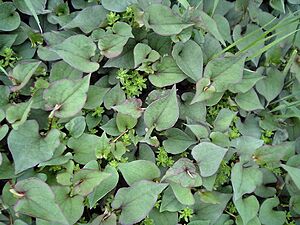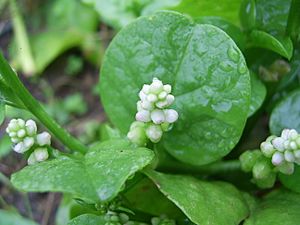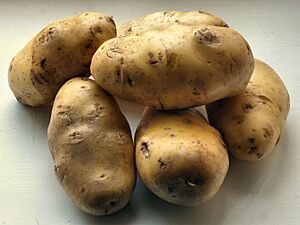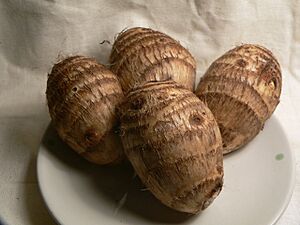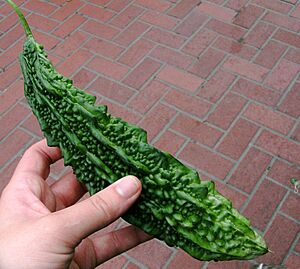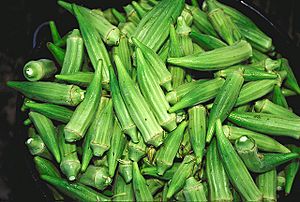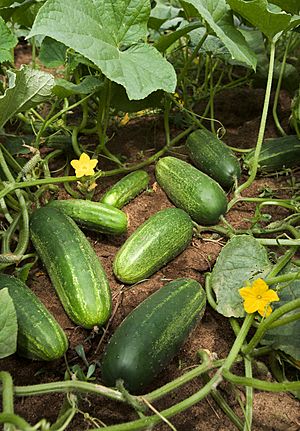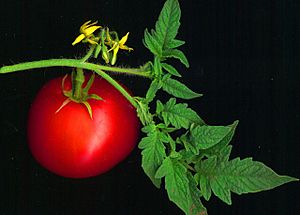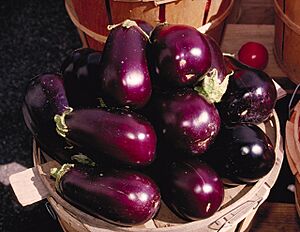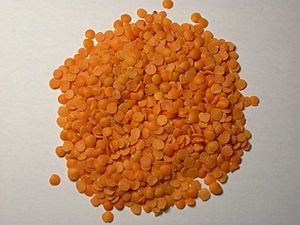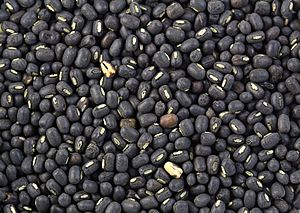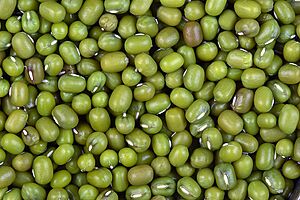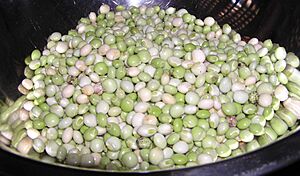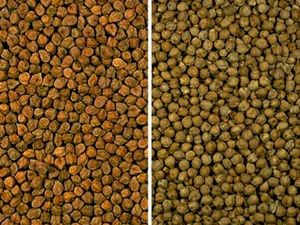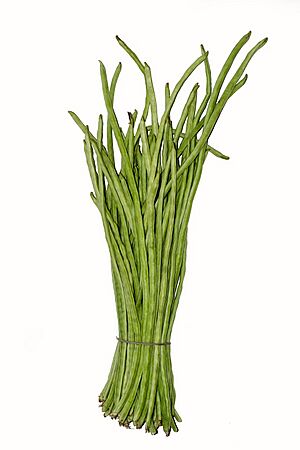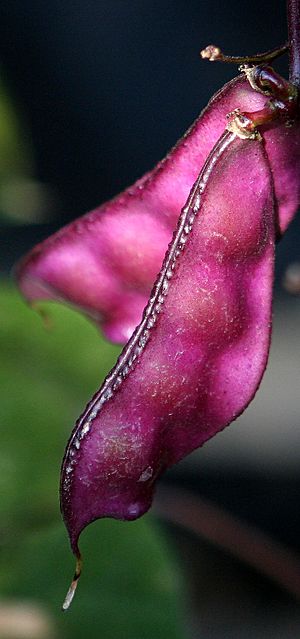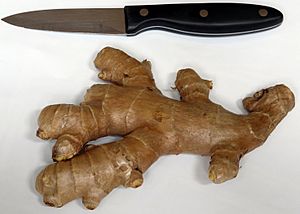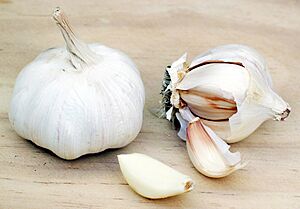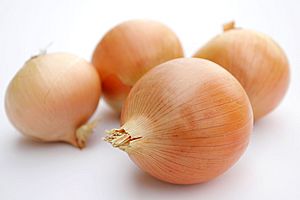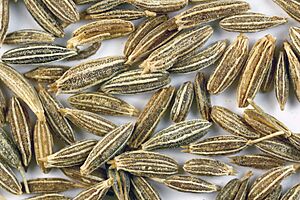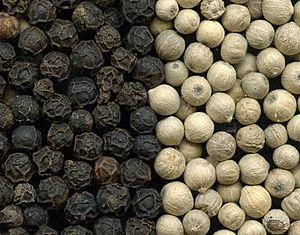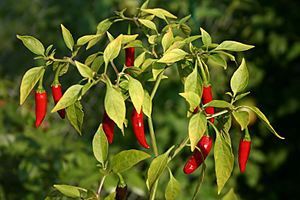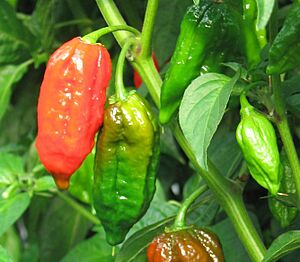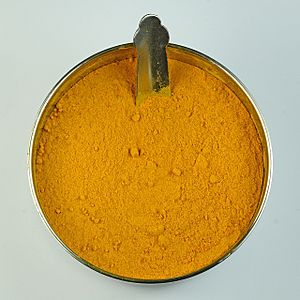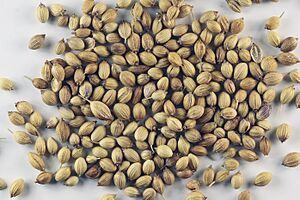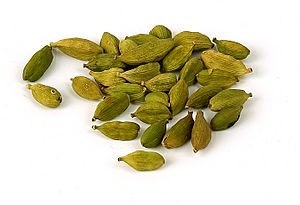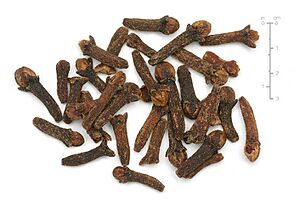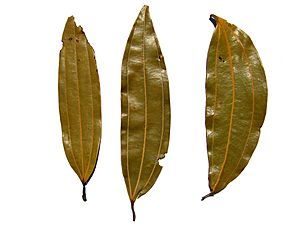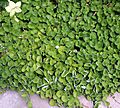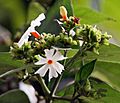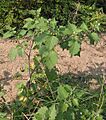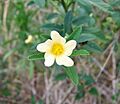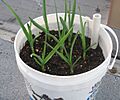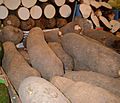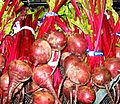List of vegetables used in Assamese cuisine facts for kids
Did you know that the food we eat often tells a story about where we live? In Assam, a beautiful state in northeastern India, people love to cook with many different kinds of fresh vegetables. These aren't just any vegetables; they are special plants that grow well in Assam's climate and are a big part of their traditional dishes. From leafy greens to root vegetables and even unique spices, Assamese cuisine uses a wonderful variety of plants to create delicious and healthy meals. Let's explore some of these amazing vegetables!
Contents
Leafy Green Vegetables of Assam
Leafy greens are super important in Assamese cooking. They are often eaten simply, sometimes just boiled or lightly fried, to keep their natural flavors. Many of these greens are packed with vitamins and minerals, making them a healthy choice!
Popular Leafy Greens
- Paleng is what they call Spinach (Spinacia oleracea). It's a common green vegetable used in many dishes.
- Kolmou is another favorite, known as Water spinach (Ipomoea aquatica). It grows in water and is very popular.
- Dhekia Xaak is a special kind of fern, called Fiddle head fern (Diplazium esculentum). It's known for its unique curled shape when young.
- Xorioh Xaak and Lai Xaak are both types of Mustard plant (Brassica juncea). They have a slightly peppery taste that adds a kick to meals.
- Maan-Dhonia is also known as Thai coriander (Eryngium foetidum). It has a strong, fresh smell and taste, often used to flavor dishes.
- Noro-Xingho is the Curry leaf (Murraya koenigii). These leaves are famous for their amazing smell and are used in many Indian dishes.
- Mosundori is a plant called Fish Mint (Houttuynia cordata). It has a very distinct flavor that some people love.
- Puroi Xaak is Red vine spinach (Basella rubra). It's a leafy green that grows on a vine.
- Tenga-Mora is Roselle (Hibiscus sabdariffa). Its leaves are often used for their sour taste.
Root and Other Vegetables
Beyond the leafy greens, Assamese cuisine uses a variety of other vegetables, including roots, fruits, and stems. These add different textures and flavors to the food.
Common Non-Leafy Vegetables
- Alu is simply Potato (Solanum tuberosum). Just like everywhere else, potatoes are a staple food in Assam.
- Kosu is Taro (Colocasia esculenta). This root vegetable is very common in many parts of Asia.
- Ronga-Lau is the Pumpkin (Cucurbita moschata). Pumpkins are used in both savory and sweet dishes.
- Teeta-Kerela means Bitter gourd (Momordica charantia). As its name suggests, it has a bitter taste, but many people enjoy it for its health benefits.
- Bhendi is Okra (Abelmoschus esculentus), also known as Lady's fingers. It's a popular vegetable that becomes slightly sticky when cooked.
- Tioh is Cucumber (Cucumis sativus). Cucumbers are refreshing and often eaten raw in salads.
- Bilahi is Tomato (Solanum lycopersicum). Tomatoes are used in many dishes to add a tangy flavor.
- Bengena is Eggplant (Solanum melongena). Eggplants can be cooked in many ways, from frying to curries.
- Omita is Papaya (Carica papaya). Unripe papaya is often used as a vegetable in curries and stir-fries.
- Sozina is the Drumstick (Moringa oleifera). The long pods are used in curries and soups.
- Bah-Gaaz refers to Bamboo shoots. These are young bamboo stems that are eaten as a vegetable, often pickled or cooked in curries.
- Kath-Ful or Kathphula are Mushrooms (Agaricus bisporus). Mushrooms are enjoyed for their earthy flavor.
Beans and Pulses
Beans and pulses are super important for protein in many Assamese meals. They are often used to make hearty stews called "dail" or "dal."
Common Beans and Pulses
- Mosur-Maah is Lentil (Lens culinaris). Lentils are small, lens-shaped pulses that cook quickly.
- Motor-Maah is Pea (Pisum sativum). Peas are sweet and often used in various dishes.
- Mati-Maah is Urad bean (Vigna mungo). These black beans are used to make a thick, creamy dal.
- Mogu-Maah is Mung bean (Vigna radiata). Mung beans are small, green beans often used for sprouts or light dals.
- Rohor dail is Pigeon pea (Cajanus cajan). These are a common type of split pea used for dal.
- Boot-Maah is Chickpea (Cicer arietinum). Chickpeas are versatile and used in many savory dishes.
- Dangbodi or Lesera is Yardlong bean (Vigna unguiculata sesquipedalis). These beans are very long and slender.
- Urohi is Indian Bean (Lablab purpureus). These beans are often grown in home gardens.
Flavorful Spices
Spices are super important in Assamese cooking! They add amazing smells and tastes to every dish, making them truly special.
Common Spices
- Aada is Ginger (Zingiber officinale). Ginger adds a warm, spicy kick to food.
- Nohoru is Garlic (Allium sativum). Garlic is used in almost every savory dish for its strong flavor.
- Piyaaj is Onion (Allium cepa). Onions are often the base for many curries and stir-fries.
- Jeera is Cumin (Cuminum cyminum). Cumin seeds have a warm, earthy flavor.
- Jaluk is Black pepper (Piper nigrum). Black pepper adds a sharp, spicy taste.
- Jolokia is Chili pepper (Capsicum frutescens). Chilies are used to make food spicy! Assam is even famous for the super hot Bhut Jolokia (Capsicum chinense 'Naga Jolokia').
- Halodhi is Turmeric (Curcuma longa). Turmeric gives food a beautiful yellow color and has a mild, earthy flavor. It's also known for being very healthy.
- Dhoniya is Coriander seed (Coriandrum sativum). Coriander seeds have a citrusy, slightly sweet flavor.
- Dalsini is Cinnamon (Cinnamomum verum). Cinnamon sticks are used for their sweet and woody aroma.
- Elaisi is Cardamom (Elettaria cardamomum). Cardamom has a strong, sweet, and unique flavor.
- Lwong is Clove (Syzygium aromaticum). Cloves are strong and aromatic, often used in small amounts.
- Methiguti is Fenugreek seed (Trigonella foenum-graecum). Fenugreek seeds have a slightly bitter but warm flavor.
- Tezpat is Bay leaf (Cinnamomum tamala). Bay leaves add a subtle, herbal aroma to dishes.
Images for kids
See also




